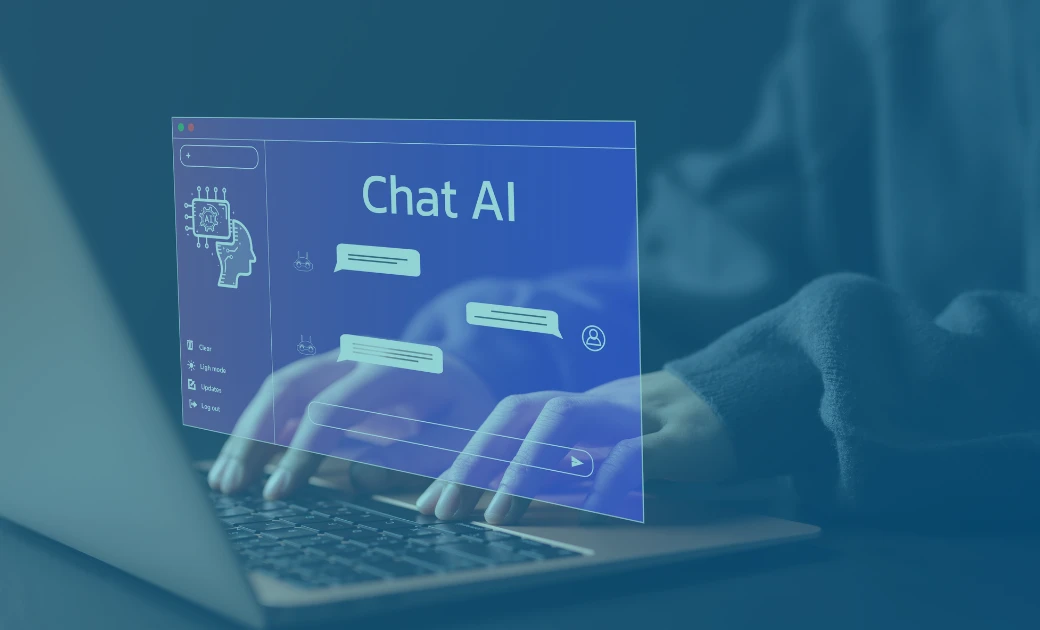Blog
How To Use OpenAI’s ChatGPT for Product Discovery?
In the rapidly evolving digital landscape, AI technology is reshaping how we work, learn, and interact. ChatGPT, developed by OpenAI, has been making waves in various industries, including product management. So instead of being scared that AI will take over the human roles, we should embrace the tech-driven world in which we live in and utilize everything that we can.

When it comes to thinking about new products, we often wish for more time to conduct interviews, analyze data, and explore competitors. But these tasks take up a lot of time. That’s where ChatGPT comes in handy—it can save us time and make our processes more efficient.
Let’s dive into the world of product discovery by tapping into ChatGPT’s vast pool of data and capabilities. This guide will walk you through how to use ChatGPT for a more efficient product discovery process, helping you prepare for the development of innovative products.
- 1. Start your discovery by focusing on either your business goal or the problems you’ve noticed for a specific group of people
Prompt you can use: “I have a business objective and I’m looking to identify potential customer needs aligned with my goal. My objective is [specify your goal]. Could you please investigate the potential pain points experienced by this specific target group.”
- 2. Understanding the problem or the unsatisfied need
Prompt you can use: “Can you please act as a Product Manager and explore the actual problem underneath these pain points? Please use the ‘5 Why’s’ method to find out why this problem is happening. Once you figure out the main reason, summarize your findings in a clear problem statement.”
- 3. Defining Jobs-to-be-done (JBTD)
Prompt you can use: “Could you please identify the top 5 crucial tasks (JBTD) that my target customers need to accomplish when dealing with the problem? I aim to gain a better understanding of the key activities customers will undertake, when facing the problem.”
- 4. Defining User Personas
Prompt you can use: “Could you please outline the three user personas who are likely to be my most frequent customers?”
- 5. Preparing empathy map for our target customers
Prompt you can use: “Would you be so kind as to create an empathy map for my target customers? I’m eager to gain a deeper understanding of their thoughts, feelings, what they see and hear, and what they say and do.”
- 6. Going through an Ideation process
Prompt you can use: “Picture yourself in a room with your team, including Software Engineers, UX/UI Designers, QA Testers, a Product Owner, and a Scrum Master. During an ideation process, what would be the three standout ideas as potential product solutions for addressing this customer’s problem?”
- 7. Defining a value proposition for our product
Prompt you can use: “Can you please define our value proposition for the first product solution? Describe how it meets customer needs, its unique benefits, and what makes it better than similar products on the market.”
- 8. Doing a market research and competitive analyses
Prompt you can use: “Can you explore other companies in the market selling similar products? Summarize their strengths and weaknesses and identify areas where we can gain a competitive advantage.”
- 9. Defining functionalities
Prompt you can use: “Please outline the key features for the product solution. Consider functionality, user experience, and any unique aspects that will set our product apart in the market. “
- 10. Defining the MVP
Prompt you can use: “Can you now please define the features and functionalities that are essential for our Minimum Viable Product (MVP)? Focus on the core elements that will allow us to deliver value to our users quickly and efficiently.”
To show that these prompts truly make a difference, we put them to the test in a real-life example. In this case study below, you can follow how we turned an idea into a possible product solution, with a clear explanation of our thought process.

















At the end we’ll say that ChatGPT can be a really valuable asset in product discovery, helping us save significant time. However, it’s important to remember that while ChatGPT and AI, in general, can be incredibly helpful, they don’t guarantee the automatic success of our products. Success still relies on thoughtful execution and a comprehensive approach beyond the capabilities of AI alone.
Olgica Strezoska, Principal Product Owner at Damilah